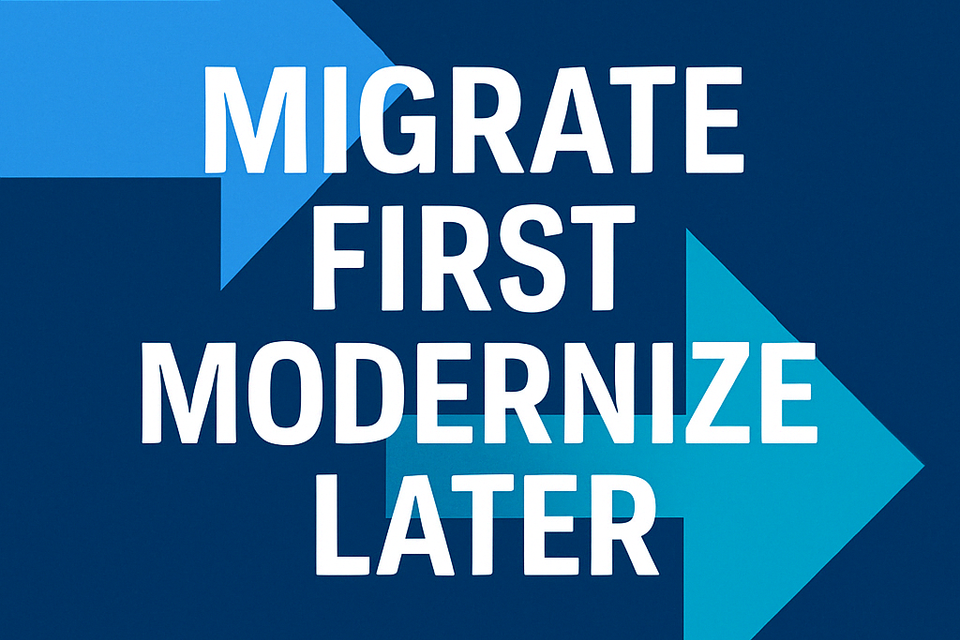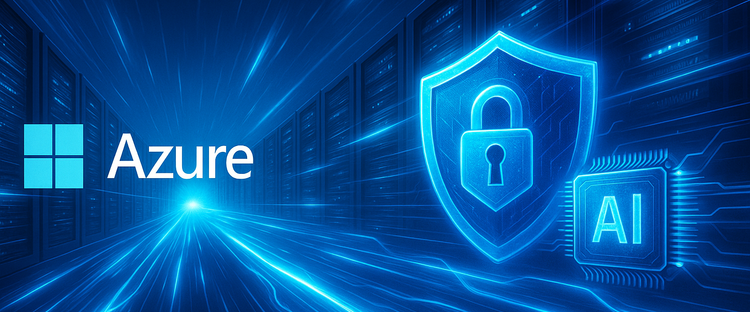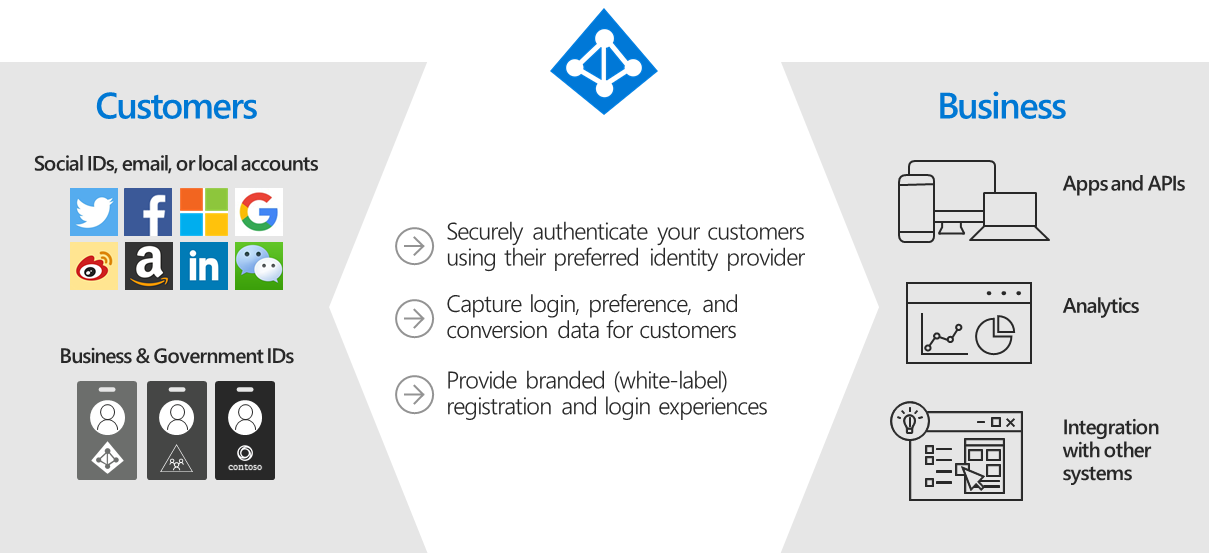Migrate First, Modernize Later

Everyone’s talking about migration.
It’s in nearly every conversation I have with customers, from CIOs looking to cut costs, to architects trying to manage sprawl, to IT managers just trying to keep the lights on without burning out their teams. And honestly, there’s a good reason for the buzz: migration is the unlock.
But the real insight, the one most people miss, is that you don’t have to modernize everything right away to get value from the cloud.
In fact, trying to modernize before migrating often slows businesses down. They spend months planning, architecting, debating the “perfect” design, only to realize that while they were strategizing, their costs were climbing, their infrastructure was aging, and their competitors were already delivering faster, smarter customer experiences.
The companies that are moving the fastest and seeing results the soonest are doing it differently.
They’re migrating first. Then modernizing later.
Let me explain why that’s working.
First, it gives you immediate wins. Moving to Azure, just lifting and shifting your existing workloads starts saving you money almost immediately. No more data center contracts. No more expensive cooling and power bills. No more stretching your ops teams to keep aging systems patched and secure.
You move the workloads. You shut off the legacy. And the ROI starts to show up on your books that quarter.
Second, it gives your teams confidence. Migration-first lets IT stabilize the environment in Azure, get familiar with the tools, and start using things like Azure Monitor, Cost Management, and Defender for Cloud. You can enforce policy. You can see what’s talking to what. You can finally understand your environment without guessing.
From there, modernization becomes a business decision—not a leap of faith. You’ll know which apps to refactor, which to sunset, and which are better left alone.
And when you’re ready to modernize, Azure gives you the tools to do it right: PaaS services like App Service and Azure SQL, container platforms like AKS, and AI-driven intelligence with Azure AI Foundry or Microsoft Fabric. But again, you choose when.
Now, I know what you might be thinking: this all sounds great, but who’s got the time or resources to manage a big migration? That’s exactly why we built Azure Migrate and the Cloud Migration Factory.
Azure Migrate does the deep discovery shows you what’s out there, how it’s connected, and what it’ll take to move it.
Then the Cloud Migration Factory steps in with the horsepower to make it happen project management, hands-on engineering, timelines that match your goals.
You don’t have to carry the weight alone. That’s the point. You get the outcomes without the headache.
And those outcomes go far beyond IT.
The sooner your workloads are in Azure, the sooner your business can unlock new digital experiences, AI-driven decision-making, better customer service, and the kind of agility your competition wishes they had.
So here’s the advice I give to every leader I talk to:
Don’t wait for perfect. Migrate now. Modernize when it makes sense.
Let your transformation be a journey, not a bottleneck.
Start realizing the value of cloud this month, this quarter, not next year.



